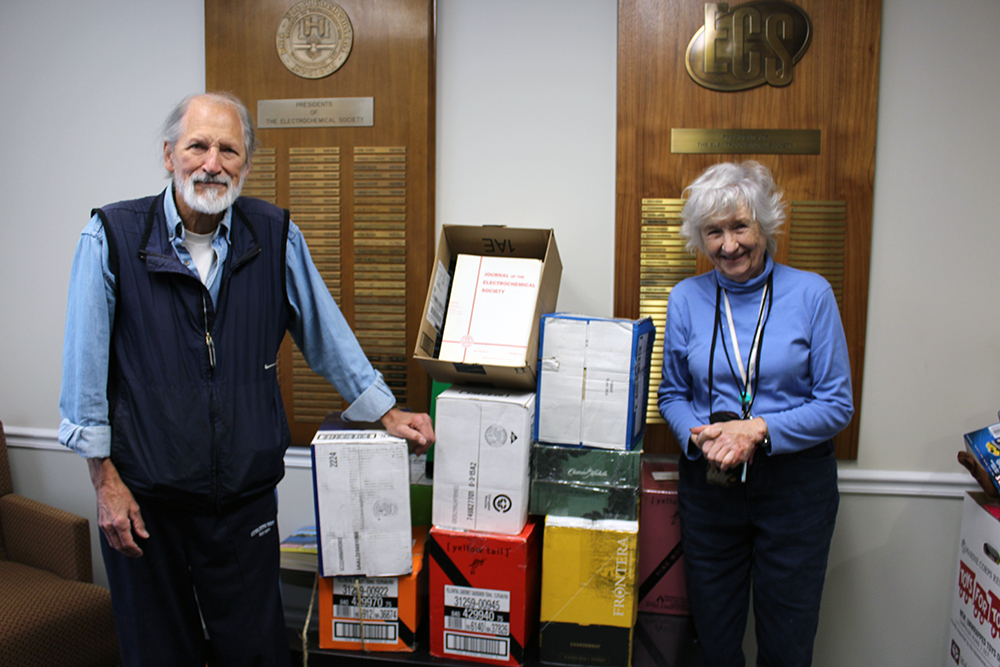
John and Stephany Murray delivering nearly 300 lbs. of journals to ECS headquarters. (Click to enlarge.)
Since 1902, ECS has continuously published innovative, impactful research in the field of electrochemical and solid state science and technology. From the first publication of the Transactions of the American Electrochemical Society over 100 years ago to the over 1,700 journal papers published in the Society’s Digital Library every year, ECS has disseminated a massive amount of research since its establishment.
One ECS member happened to have a good deal of that research sitting in his basement office.
John Murray joined ECS in 1962, which is when he began receiving the paper version of the Journal of The Electrochemical Society (JES). Since then, he’s stowed the paperbound research in his basement, making sure to transfer it wherever his career took him. Now, that collection has made its way from his home in Timonium, MD to ECS headquarters in Pennington, NJ.
Cultivating a collection
Murray’s electrochemical career began at Allis-Chalmers Corp. Research Division in West Allis, WI, where he worked on catalysts and electrodes that would assist in the development of hydrogen oxygen fuel cells for NASA. When the company hit financial issues and sold its research division to Teledyne Technologies, Murray was one of just nine employees to keep his position. That took him and his wife Stephany to Timonium, MD, where they currently live.
And of course, where the around 700 pounds of ECS journals live as well.
(more…)
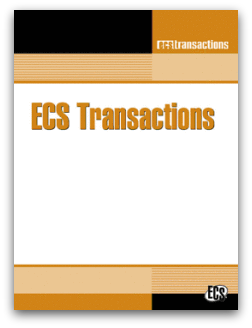 Thirty seven new issues of ECS Transactions have just been published from PRiME 2016; these are the “standard” issues and they cover a wide variety of topical interest areas.
Thirty seven new issues of ECS Transactions have just been published from PRiME 2016; these are the “standard” issues and they cover a wide variety of topical interest areas.


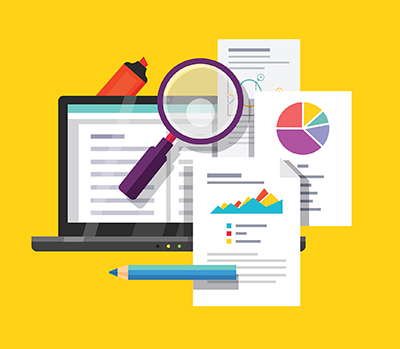 Nature announced on December 8
Nature announced on December 8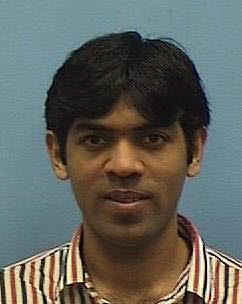 Manan is currently pursuing his PhD with Prof. Venkat Subramanian at the University of Washington, Seattle, where he is a Clean Energy Institute Fellow. He is actively involved with the recently formed University of Washington ECS Student Chapter, and serves as the vice-chair for education and outreach. Manan completed his undergraduate degree in Chemical Engineering at IIT Bombay in India. He is also one of the co-founders of a start-up called Battery Informatics where they are trying to commercialize their research on electrochemical and thermal physics model based Battery Management Systems (BMS). More details about the same can be found on
Manan is currently pursuing his PhD with Prof. Venkat Subramanian at the University of Washington, Seattle, where he is a Clean Energy Institute Fellow. He is actively involved with the recently formed University of Washington ECS Student Chapter, and serves as the vice-chair for education and outreach. Manan completed his undergraduate degree in Chemical Engineering at IIT Bombay in India. He is also one of the co-founders of a start-up called Battery Informatics where they are trying to commercialize their research on electrochemical and thermal physics model based Battery Management Systems (BMS). More details about the same can be found on 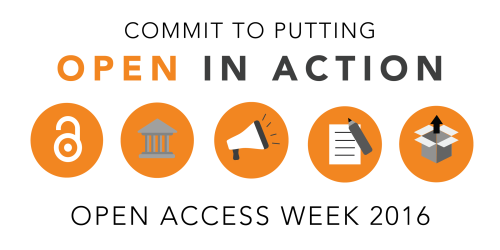
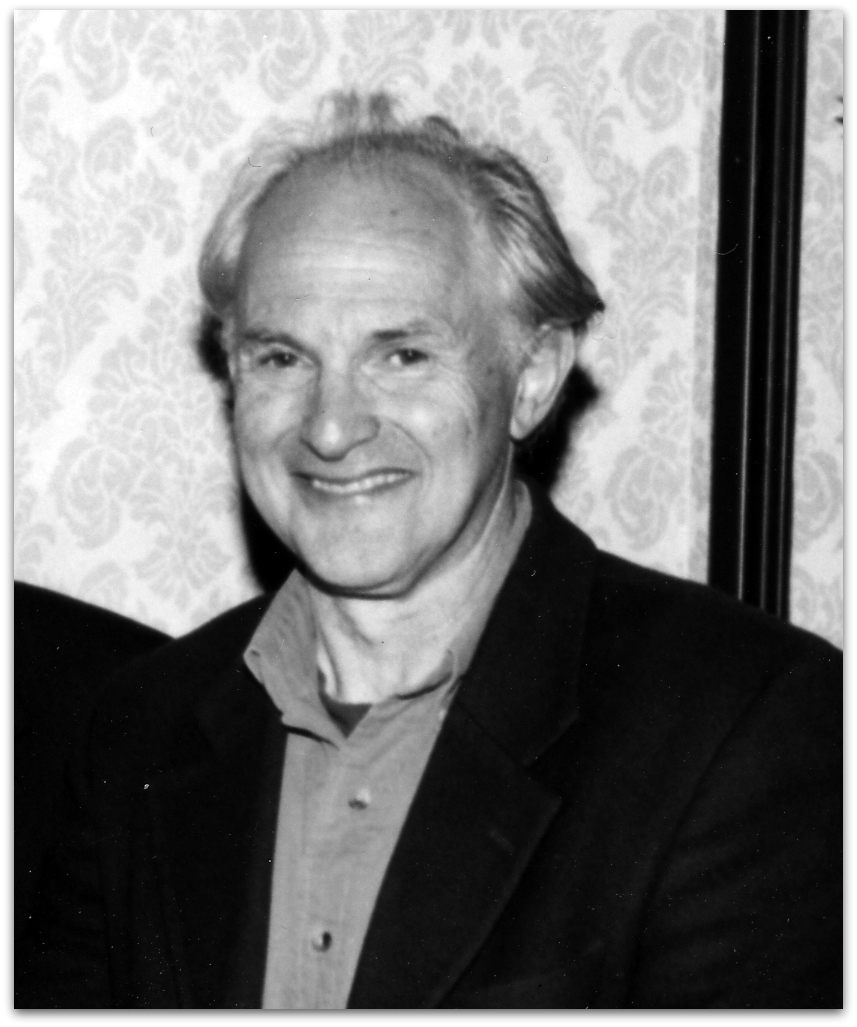 Pioneering nanocarbons researcher Harry Kroto passed away on April 30, 2016 at the age of 76. A giant among giants, Kroto made an immense impact on ECS and its scientific discipline as well as the world at large. Because of this, an
Pioneering nanocarbons researcher Harry Kroto passed away on April 30, 2016 at the age of 76. A giant among giants, Kroto made an immense impact on ECS and its scientific discipline as well as the world at large. Because of this, an 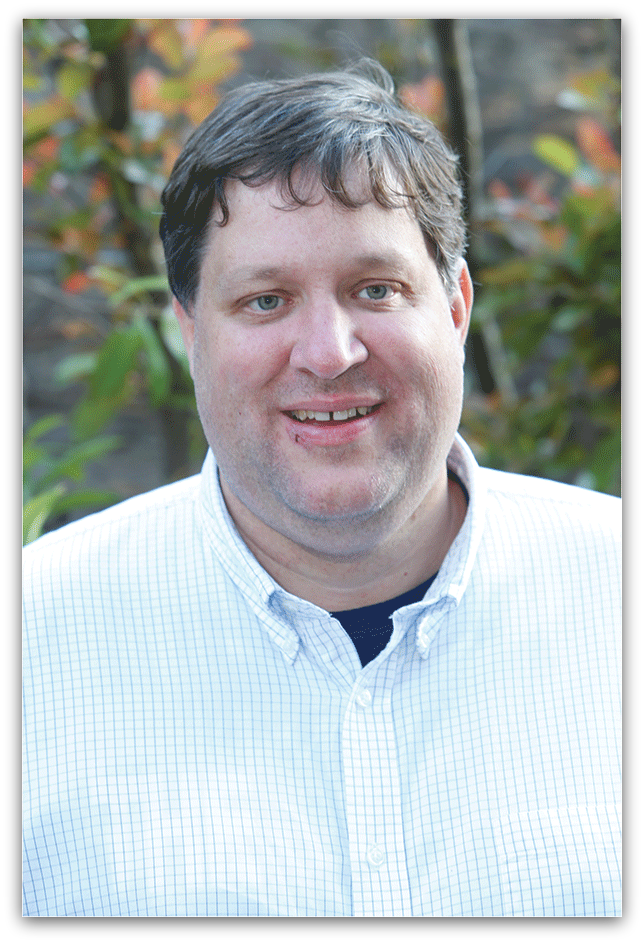 David Cliffel is the Professor of Chemistry & Department Chair at Vanderbilt University, where he leads research on the electrochemistry and analytical chemistry of nanoparticles and photosynthetic proteins. He has recently become a new Technical Editor for the
David Cliffel is the Professor of Chemistry & Department Chair at Vanderbilt University, where he leads research on the electrochemistry and analytical chemistry of nanoparticles and photosynthetic proteins. He has recently become a new Technical Editor for the 
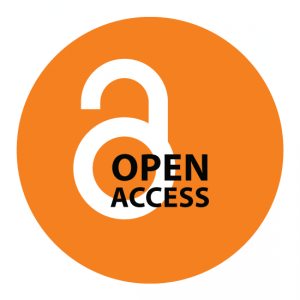 At ECS, we offer your institution a subscription to
At ECS, we offer your institution a subscription to 